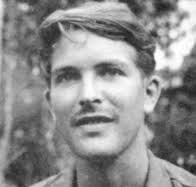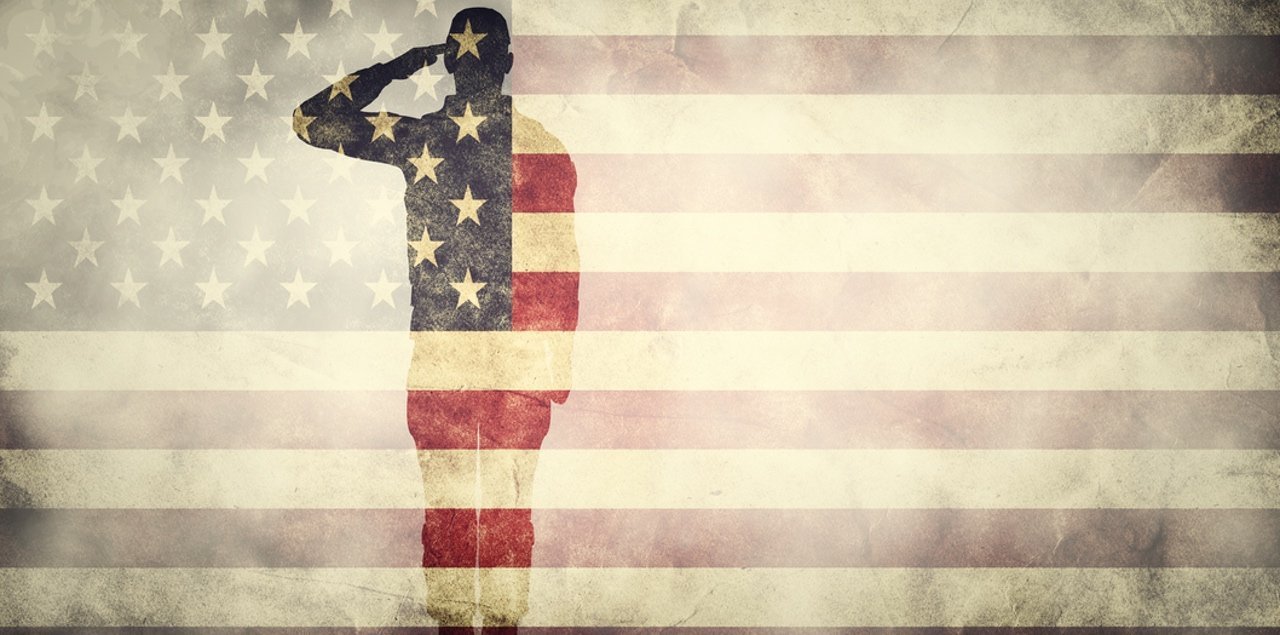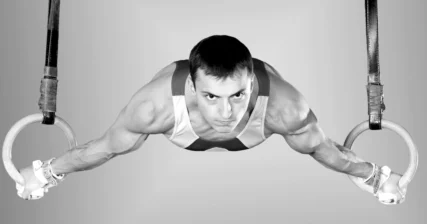Listen on: Apple Podcasts | Spotify
Are you looking to crush the Army Combat Fitness Test (ACFT) with confidence? Look no further! This comprehensive, free 12-week ACFT program provides an easy-to-follow roadmap designed to help you achieve your best performance. Whether you’re a seasoned soldier or a beginner, our Free ACFT Training Program has you covered. Not only will you dominate the test, but you’ll also get in the best shape you’ve been in. And it won’t require hours of training each day to do so.
To jump right to the registration button, scroll down. Otherwise, allow me to show my appreciation for those who serve first.
Appreciation for the Armed Forces
A Weekend Warrior friend of mine (and client member) showed me the new Army Combat Fitness Test, and asked how she might modify her training to be ready on test day.
I’ve wanted to do more to support active and retired military and first responders for a while, so her question got me thinking…
“What if I could offer a 12-week training plan that will help soldiers not only pass the ACFT, but dominate it?” Not only that. What if by the end, I could lead them all to fighting fit?
That led to the Tom Nikkola Strength & Conditioning ACFT Program, which I’ll outline below.
I have much appreciation for those who serve, or who have served in the military and as first responders. My father served in the Army in Vietnam, and later in the National Guard.
His last day in the field was May 27, 1969. This is the Red Warriors Battle Report May 27, 1969.
The interesting thing is, I don’t believe my dad ever showed me the battle report. I found it when I Googled my dad (Warren Nikkola) for this article. It’s not something he talks much about, and to my knowledge, has never mentioned his Purple Heart, Bronze Star with Valor, and Silver Star outside of the one time I found them in a drawer at home.

In his mid-70’s today, retired Captain Warren Nikkola still has shrapnel in his back from that battle, May 27, 1969.
I’ve never served myself. Unfortunately, the thought never crossed my mind when I was thinking of college. As I’ve gotten older, though, I’ve felt a greater desire to do more for those who do serve, as well as those who’ve served and sacrificed.
I hope by offering this training plan at a ridiculous discount to those who serve, it can be a very small way to give back.
With all that said, I hope this article and training program serves as a small token of appreciation for those who put themselves in harm’s way.
[convertkit form=1955110]
How the Army Combat Fitness Test Works
The Army Combat Fitness Test lasts a little less than an hour. It includes six parts, in the order listed below.
1. Test Deadlift 3-Rep Max (Trap Bar)
This test is completed with a trap bar/hex bar.
You’ll have 10 minutes to warm up on the deadlift, increasing your load and preparing to lift the weight you’ve chosen for your 3-rep max, before the ACFT officially begins.
This isn’t a lazy 3RM, where you lift the bar, and then drop it on the ground before you pick it up again. You hang onto the bar throughout the set, and kiss the ground with the plates between reps.
The deadlift test takes a total of five minutes, and then you’ll get a 2-minute break, before hitting the next station.
2. Standing Power Throw
Facing away from the target, you’ll start with a 10-lb. medicine ball in hand. Then, you’ll bend down like you’re doing a kettlebell swing, and explode up, tossing the ball behind you as far as possible.
To get the most distance, you’ll need a powerful back, glutes, and shoulders, as well as good shoulder mobility.
You do one practice throw and then get two official throws, with your best distance being recorded.
3. Hand Release Pushups
No knee pushups, half-pushups, or any other way to cheat on these.
You’ll need strength and stamina in your chest, and good shoulder mobility here.
You hit the ground with your whole body each rep, and then lift your hands off the ground. To be able to lift your hands straight up, off the ground when you’re laying on it, you need good flexibility in your chest and shoulders, and strength in your back.
Complete as many hand release push-ups in two minutes or until you have to stop to rest. Then, you get a 3-minute rest before the Sprint-Drag-Carry.
4. Sprint-Drag-Carry (SDC)
The Sprint-Drag-Carry is a timed event consisting of five 50-meter laps (25 meters in each direction) as follows:
- Sprint down, touch the line at the other end with your hand, sprint back and cross the starting line.
- Grab the straps attached to a 90-lb. sled and pull it backwards down the lane until the whole sled crosses the 25M line. Then pull it back the other direction until the sled crosses the starting line.
- Staying in a crouched position, the soldier will do side laterals from one end to the other. After touching the 25M line with hand and foot, the solider laterals back to the starting line, facing the same direction. They touch the starting line with hand and foot.
- For the fourth lap, you grab a pair of 40-lb. kettlebells and race to the other end, touching one foot on the 25M line and then running back, crossing the starting line.
- The final lap is a sprint down and back. Remember to touch the 25M line with hand and foot and then run back to cross the finish line.
The clock stops when the soldier crosses the starting line the final time.
You get four full minutes of rest before the leg tuck.
5. Plank
The plank is mainly a core endurance exercise.
Of all of the components of the Army Combat Fitness Test, should be the easiest on test day, if you follow your program. Of course, if you’re overweight, it’s going to be considerably harder.
You’ll have five minutes of rest, and then it’s onto the 2-Mile Run.
6. 2-Mile Run
If the previous five stations of the Army Combat Fitness Test were easier, the 2-mile run at the end probably wouldn’t be that difficult. However, you’re going to be fatigued from the first five stations by the time you get to your 2-mile run.
That’s why your strength and conditioning training is so important leading up to your test. When you follow the VIGOR Training ACFT Program, most of your runs will be at the end of your workouts for this exact reason.
Tips For Dominating The Army Combat Fitness Test
Though the individual components of the ACFT have application to different roles and responsibilities as a solider, they’re really just markers of general health and fitness.
Now that you know what to do, let’s make sure you can do it.
1. Don’t Be Fat
How’s that for candor?
Muscle weight will help you a lot in the ACFT, especially if you train the right way. Excess fat is only going to slow you down, especially on the hand release push-ups, leg tuck, and the 2-mile run.
The good news is, you can shed a lot of excess baggage if you start soon enough.
If you’re overweight, and otherwise healthy, start with my 28 Days: Four Weeks Of Fat Loss plan. It’s all laid out in the article.
2. Commit to Four Hours Of Exercise Per Week, Minimum
Staying fit isn’t just a solider’s responsibility, it’s a responsibility for any adult that has others depending on them.
The way I see it, exercise is part of the job of being an adult. It isn’t a chore. When you don’t do your job on time, you face serious consequences. When something’s a chore, the consequences are minimal and it’s easy to put off, like mowing the lawn or washing the windows.
Although “fitness” means many things to many people, the foundation of fitness is muscle and strength. Muscle is your quality-of-life savings account.
The free 12-week ACFT Training Program requires a minimum of four hours per week. Is it always convenient? No.
Will you feel motivated all the time? I highly doubt it. But then again, your feelings usually fail you.
Put it in the calendar. If a conflict comes up, move it on your calendar, but don’t skip it.
Make exercise a nonnegotiable.
3. Eat High-Protein
Protein helps you recover. It fills you up. It helps you get leaner. A daily intake of one gram per pound body weight, for healthy people, is a great place to start.
Strength training triggers the need for muscle. Eating protein provides the building blocks.
Read more: High-Protein Diets: What You Need To Know.
4. Sleep At Least Seven Hours Each Night
I can’t stress this enough. If you eat well and exercise, but shortchange your sleep, you’ll significantly increase your risk of injury and under-recovery. You’ll also make it much harder to shed any extra fat you’re carrying around.
Read more: Sleep: Why You Need It. How To Get More Of It.
5. Supplement Wisely
Even if you eat a healthy, high-protein diet, you’ll still fall short of optimal nutrition. At a minimum, I recommend the supplements that make up my Foundational Five, the best supplements for foundational health.
However, you might also need some other supplements to help speed up recovery between training sessions. Buy and use quality, not crap.
6. Blow Up Your Excuses
This probably should have come first.
You’ll probably have all sorts of excuses for missing training sessions, sleeping in, and eating junk food. Whether you’re on active duty, or in the National Guard and currently living civilian life, 99% of the reasons you’ll come up with for falling short are simply excuses.
Too many adults play the victim, create overly-dramatic stories about their struggles, and fall for their fatitudes.
Getting, and staying in shape takes a fair amount of suckituptitude.
If you are going to win any battle, you have to do one thing. You have to make the mind run the body. Never let the body tell the mind what to do… the body is never tired if the mind is not tired.
General George S. Patton Jr.
When you decide that training and eating to maintain your health is a nonnegotiable, the excuses disappear.
I’m hammering this point because if you decide to join my 12-week training program, I don’t coddle.
But then again…you’re in the armed forces, so I wouldn’t expect you’d need coddling anyway.
The Free Tom Nikkola Strength & Conditioning ACFT 12-Week Training Program
The ACFT program is for active and retired service men and women.
While the training program will prepare you for the Army Combat Fitness Test, it will also get you in great all-around shape. So, even if the ACFT isn’t in your future, you’ll still benefit from the training.
“We don’t rise to the level of our expectations, we fall to the level of our training.”
Archilochos
Recommended Equipment
Most gyms will have everything you need. I strongly recommend joining a gym if you’re not a member already.
If you’re going to train at home instead, you’ll need:
- Barbell
- Weight plates that total 200-300 lbs
- Dumbbells up to at least 75 lbs
- Squat rack with attached pull-up bar
- Adjustable bench
- Resistance tubing
If you don’t have a gym in driving distance, and don’t have any equipment right now, check Craig’s List. Thousands of basements are filled with the equipment of good intentions and poor self-discipline.
You won’t be prepared for the ACFT by doing Beach Body workouts in front of your TV, or lifting soup cans and pink dumbbells in your basement.
Time and Mental Commitment
The ACFT program includes four gym days and one active recovery day.
Before you begin the program, be sure you’re willing to commit and be monogamous. If you think you’ll be ready on test day by playing the field, and trying out multiple programs at the same time, it’ll be as successful as a marriage that isn’t monogamous.
I’m confident you’ll be ready if you follow the plan, including the training, nutrition, and recovery expectations.
So…what are you waiting for?
[convertkit form=1955110]
Pathemata Mathemata
Pathemata mathemata: Learning through pain and suffering.
This is one of my favorite phrases. Those who’ve been in the military probably know first-hand how true it is.
I often say that strength training is the best form of personal development programs. It’s the intentional choice to face a small amount of pain and suffering on a regular basis, which makes us more equipped to handle the stuff we face in real life. Military training takes that to a whole other level.
To every man and woman who’s served this country, thank you!



